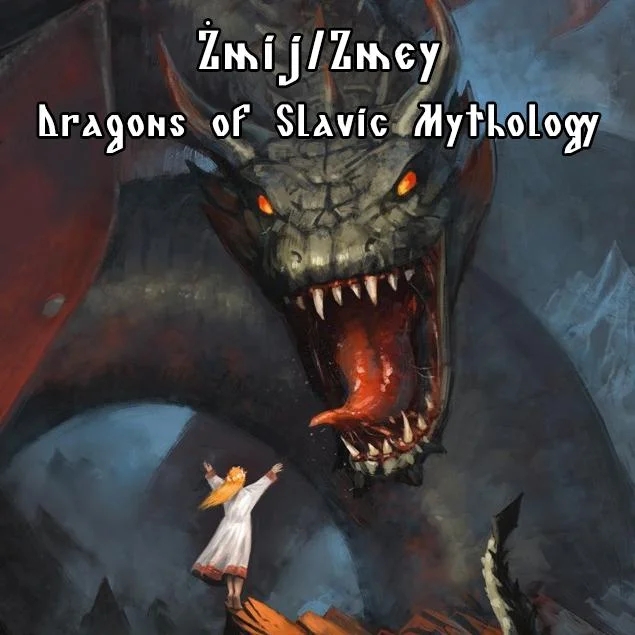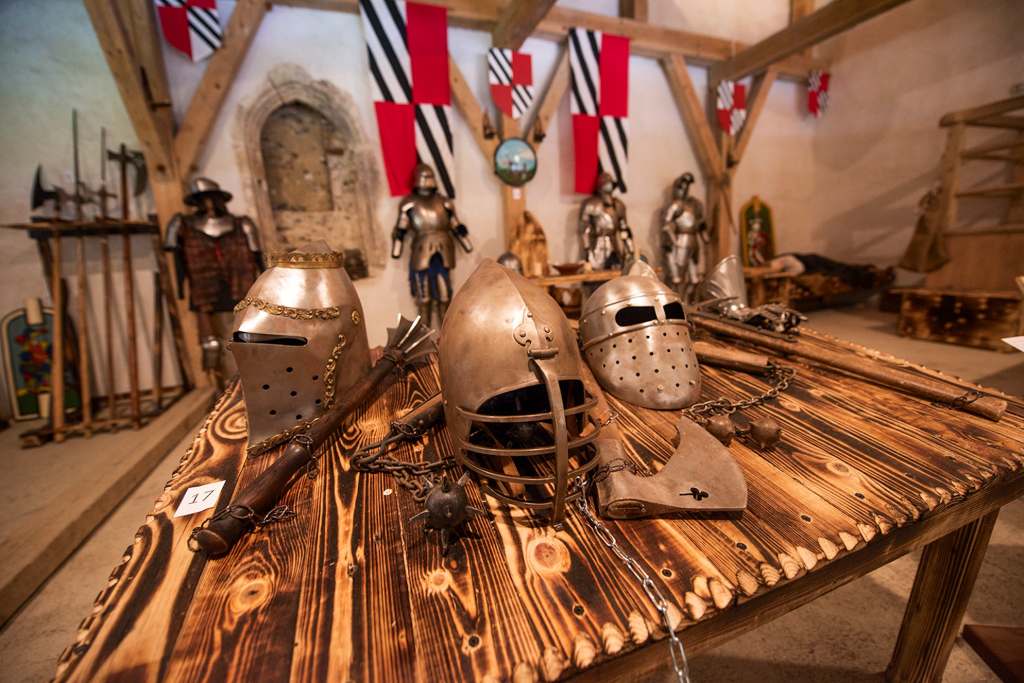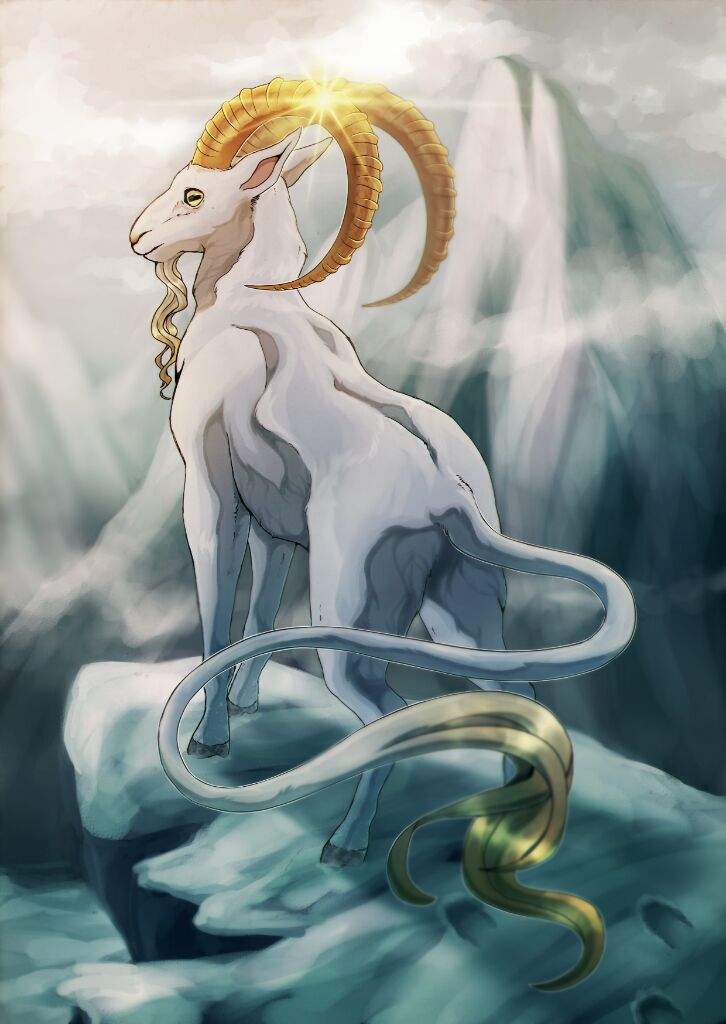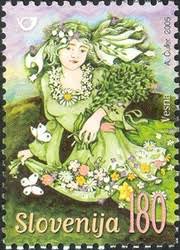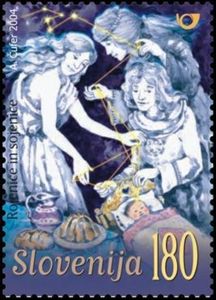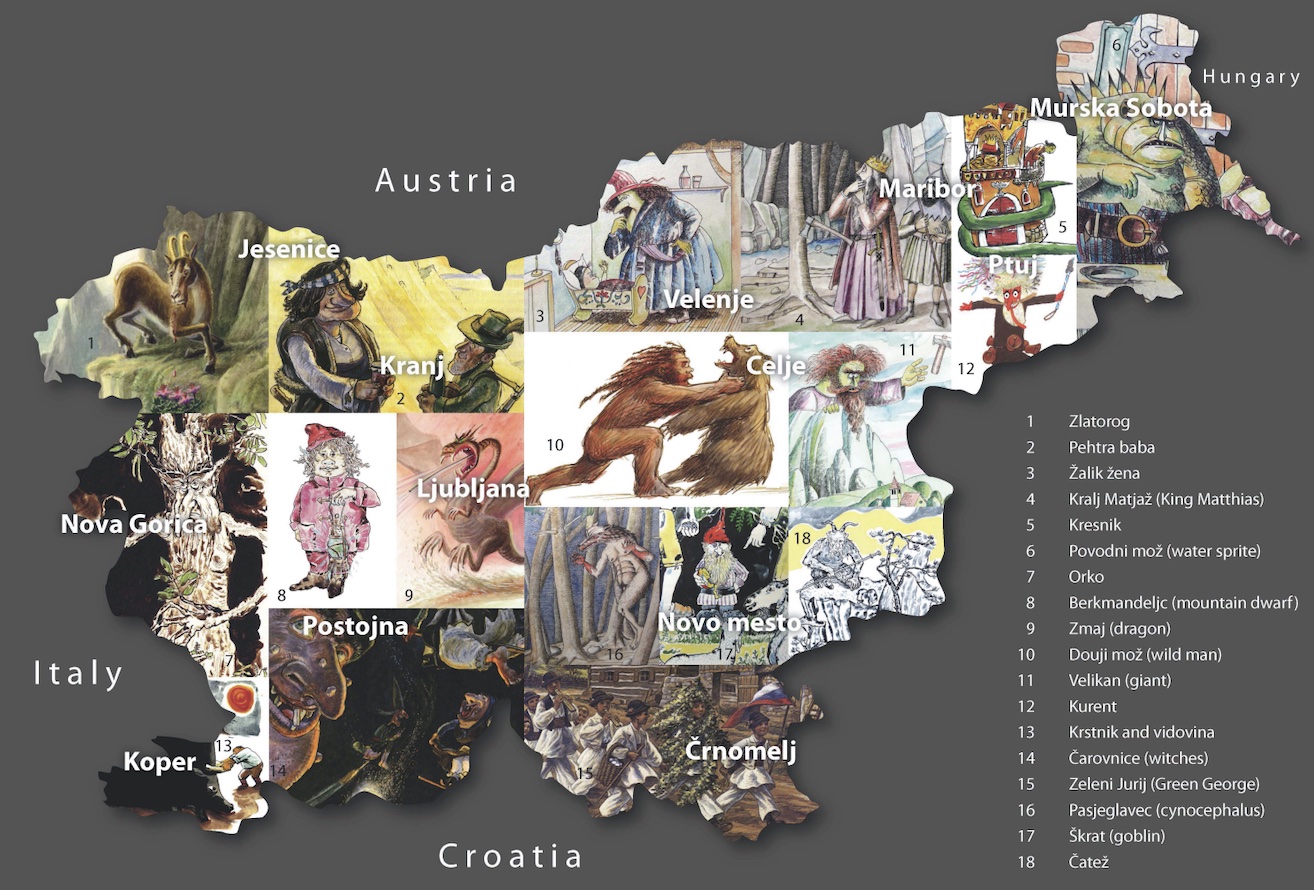Brutal storms could hit the Balkans, ravaging farms and villages. It was believed that these storms were brought by an Ala/Chała, a demon sometimes pictured as a dragon (or similar to one). Żmije defended villages from these demons, defeating them and earning a positive reputation in south Slavic myths. Żmije are most typically associated with east Slavic tales, particularly from Russian fairy tales (called skazki). In these tales, dragons are typically enemies to be slayed by a bogatyr – the hero of the particular tale. Many of these stories originated after the arrival of Christianity, so it is likely this made Żmije take on the negative traits of serpents in Christian thought (associated with the Devil). The most famous of these dragons are Zmey Gorynych and Chudo-Yudo, who we will talk more about in future weeks. Interestingly, it is also said that a Żmij guards the path of souls into the underworld of Nawia/Nav.

Slovenia among myths and legends: discovering the Land of dragons
Myths, Legends, Mysteries, and Folklore in Slovenia?
Tales and Legends of the Counts of Celje
MYTHICAL TALES BEHIND SLOVENIA’S MOUNTAINS
Most Interesting European Myths and Legends
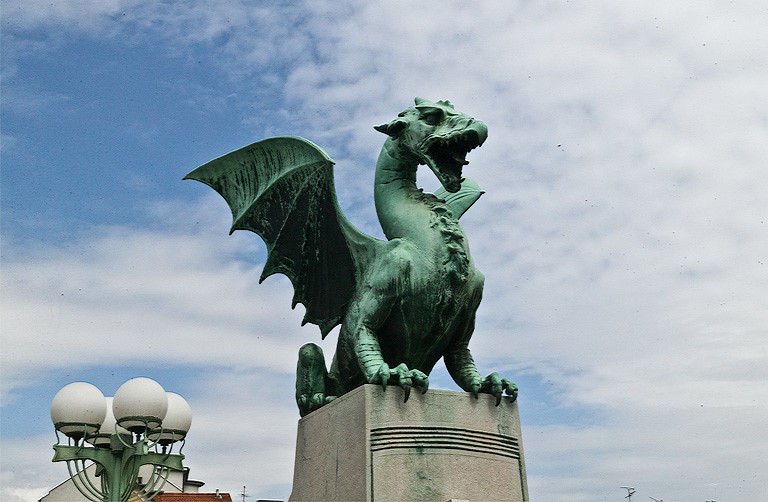
The city of Ljubljana is connected to its symbol, the dragon. You can find it on the coat of arm, bridge, castle, registration plates, local beer, etc. There are many stories about the origin of the Ljubljana dragon. Still, the most poetic one is about Jason and Argonauts. After Jason has retrieved Golden Fleece from winged ram, he was on his way back home on board of ship Argo. By mistake, they got lost and sailed into the mouth of the Danube River. They continued upstream of Danube, then to Sava River and finally at the Ljubljanica River. As winter came, they had to stop at a place where Ljubljana is located today. There lived a big and robust dragon in the swamp. After a fierce fight with the dragon, Jason won. In spring, they dismantled their ship and carried it to the Adriatic sea. From there, they sailed back home. In memory of that event, Ljubljana today has a dragon as the symbol of the city.
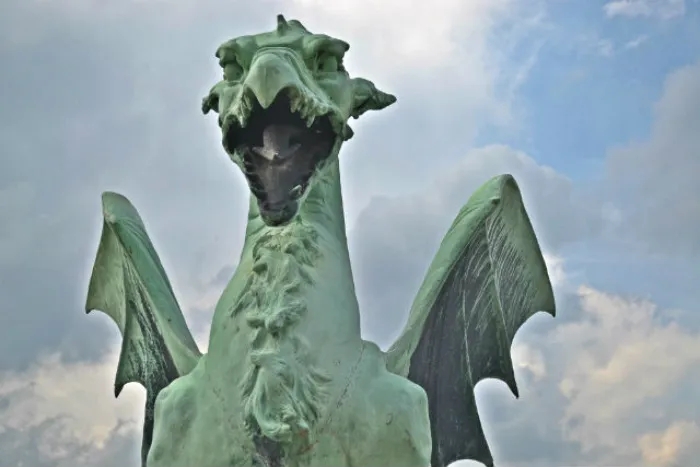
Legend has it, that many centuries ago, this fearsome lizard lurked in the marshes that surround the Ljubljanica river, feeding on fish, otters, river rats… and those humans unfortunate enough to stray into its territory, who as simple farming folk, were easy prey for this fire-breathing monster. What no doubt this dragon hadn’t reckoned on, was a bona fide Greek hero, sailing up the river on the mighty Argo galley with a battle-hardened crew of warriors and a barbarian sorceress in tow. Jason was in fact on the run from King Aeetes: he had won the Golden Fleece from the Colchian ruler fair and square, but to add injury to insult he had also stolen the king’s beautiful daughter, Medea, into the bargain (her magic had helped Jason complete the three tasks Aeetes had set him, and the two were very much in love… at least for now).

Myths of the Mask Named “Kurent”
Slovenia is a country full of culture and with a great heritage. During the carnival season, you will see its rich culture in many ways. One of them is Kurentovanje and the mask named Kurent. The mask Kurent represents a Slovene mythological creature. It is supposed to bring abundance, joy, and sunshine in Slovenia after summer. The carnival and different traditions surrounding Kurent are believed to chase evil away thanks to the sound of bells. Kurentovanje and other events about Kurent are an essential part of Slovenia’s heritage and deserve to be understood and preserved. To be fully aware of the tradition and be able to enjoy the carnivals thoroughly, here is all you need to know about the mask named Kurent. Let’s go.
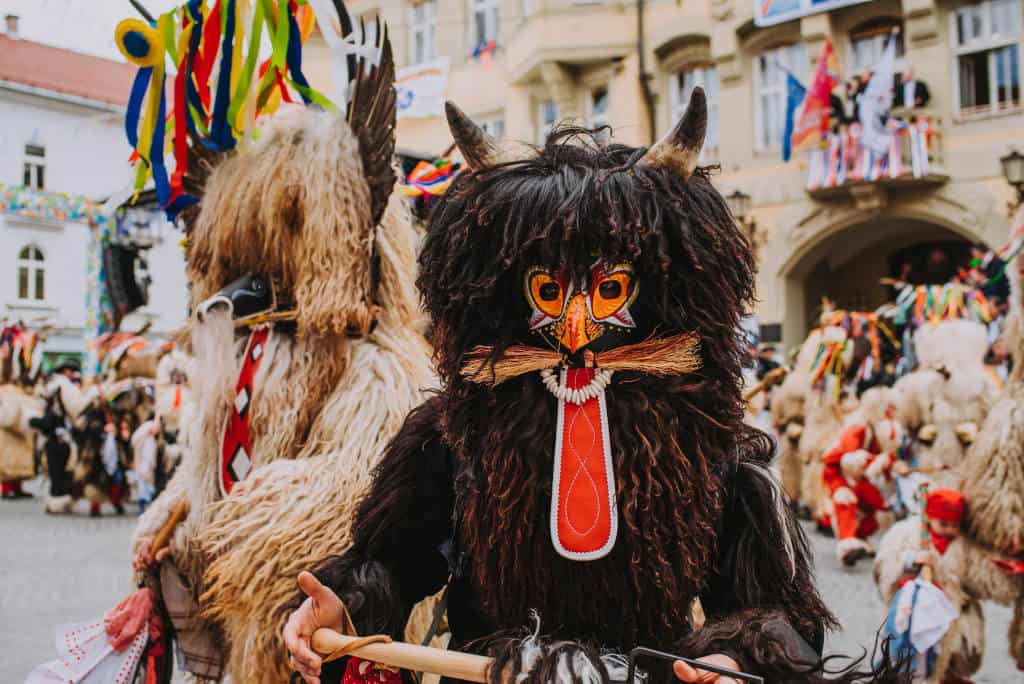
During the carnival Kurentovanje, people get dressed up as Kurent with traditional masks. The Kurents are devils running from house to house, forming circles in gardens, and jumping around owners of the homes. The sound of the bells they are wearing on their belt is supposed to chase evil away and bring summer and happiness. They make their round from Candlemas or Shrove Sunday to Ash Wednesday. It is believed by many Slovenians nowadays that these kurents will chase the devil, which shows how much traditions and myths can impact superstition in a country. At first, the only ones allowed to dress as kurent were men. They would go to houses in their towns and the neighboring ones. Now, women and children can also dress up, and kurents travel in bigger groups. To be preserved and respected, the tradition is taught through workshops and activities in some schools, mainly kindergartens and elementary schools.
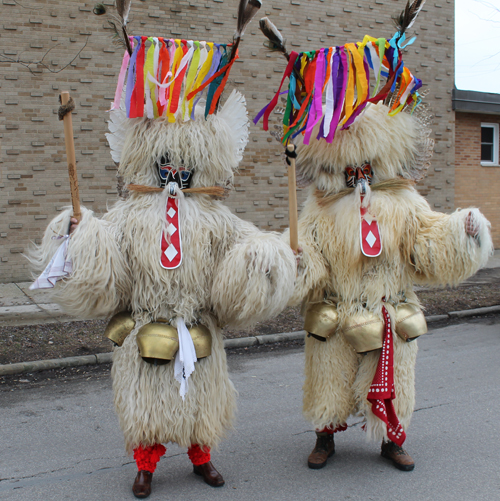
Chasing Away Winter with Slovenia’s Mythical Kurenti
Even during the busy carnival season, if you walk alone through Ptuj you can find some quiet stone street and think you’re the only person in town. But then you’ll hear it: the not-so-distant clanging of bells around the corner. Cowbells, to be exact. Hanging not from the neck of an animal, but from the belt of a masked man dressed head-to-toe in sheepskin. This sound echoes down alleyways and across bridges during Pust, or Carnival, a ten-day celebration of springtime and fertility ending the day before Ash Wednesday. Slovenian Pust is not unlike carnivals across Europe — an indulgent experience marked by elaborate parades, colorful costumes, and drinking in the streets. But in this country, it is the distinctive masks and local rituals that most excite the senses.
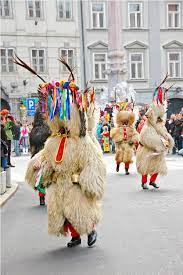
World of Slovenian Myths and Legends
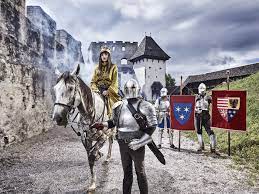
The Counts of Cilli or Celje represent the most important medieval aristocratic and ruling house with roots and territory in present-day Slovenia. When the house died out its head held the rank of prince of the Holy Roman Empire and many other titles in territories of present-day Central Europe. They ruled areas of what is now Slovenia as well as parts of surrounding countries from the thirteenth to fifteenth centuries, rivaling the Habsburgs for some of this time. Families such as the Celje, who ruled and administered territory over a long period, helped to maintain political stability while their subjects also developed a cultural identity.
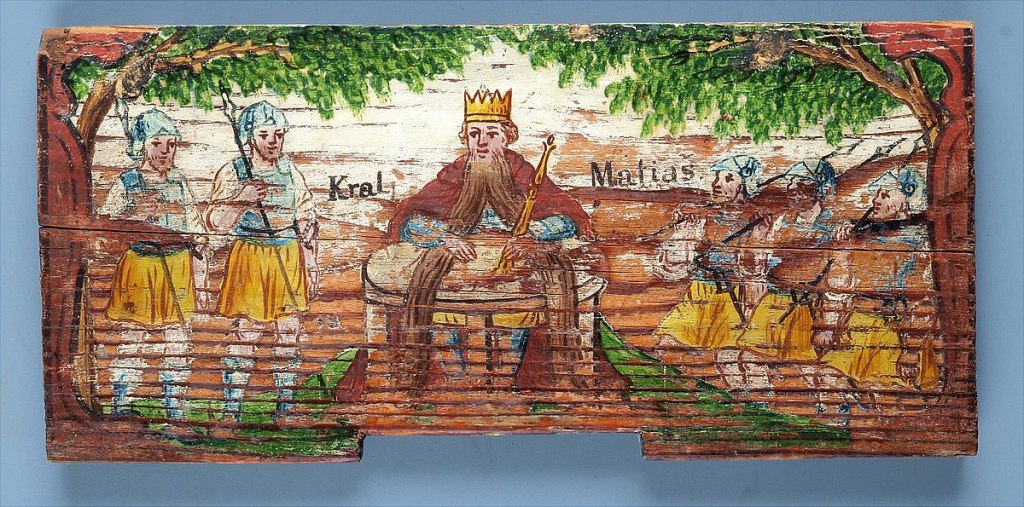
King Matjaž/Mátyás (Slovene: Kralj Matjaž, Hungarian: Mátyás király, Croatian: Kralj Matijaš) is a legendary king in Slovenia, Hungary, Croatia and in some other countries, based on pre-Christian traditions of Carantania and in course of centuries gradually linked to a real-life king, Matthias Corvinus of Hungary, who lived in the second half of the 15th century. He has also been linked to the leader of the peasant’s army that fought against the Turks in the Battle of Kokovo in July 1478. A number of folk poems and stories about King Matjaž are known, the earliest ones originating in the western Slovene area of Tolmin from the 16th century. He is mainly represented as the king who is just and a defender of his people, and the bringer of the golden age of prosperity. It has been assumed that the legend was the basis for the name of the 1573 peasants’ revolt leader Matija Gubec, actually named Ambrož Gubec.
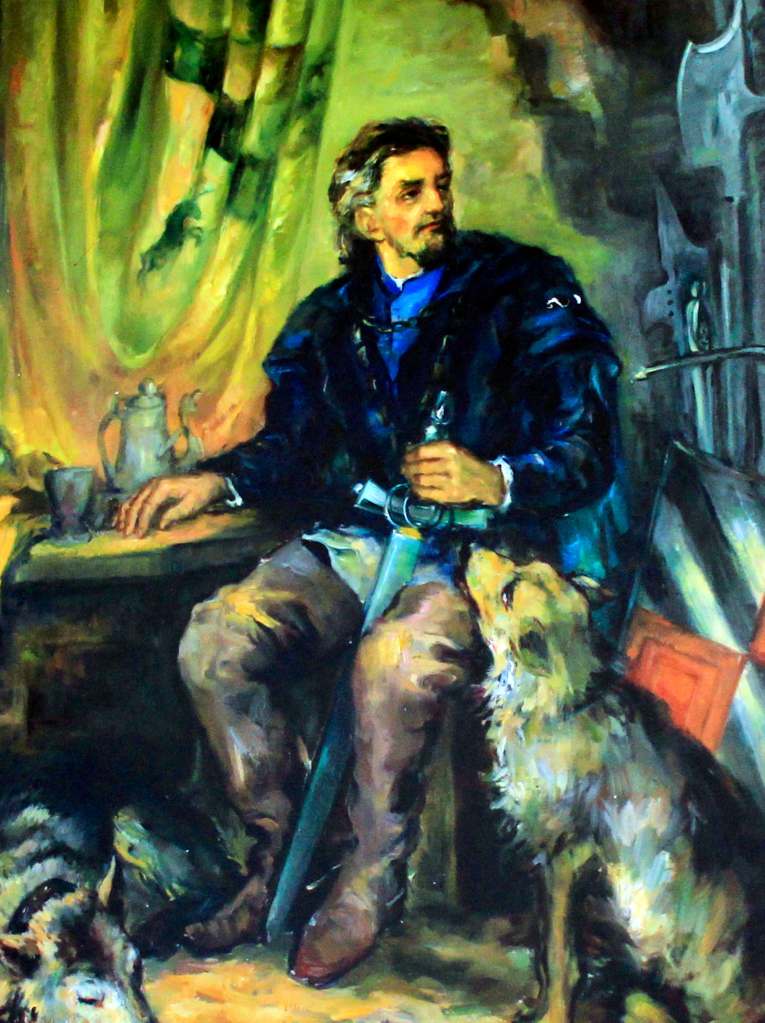
There exist interesting stories about Erazem of Predjama, the most famous owner of the castle that lived in 15th century. The legend of a brave robber baron, who took from rich merchants and gave to poor, a Slovenian Robin Hood. When surrounded by enemies who chose to await and defeat him by starving him, he smuggled food from the valley on the other side of the hill. To mock the enemy, he sent them the cherries from the castle, which happened in the beginning of spring, where bringing cherries seemed as a magic trick, since it was still too early for cherries to grow. Surprised opponent didn’t know the cherries came from neighboring valley, with warmer weather where the cherries were already ripe. Unfortunately, a servant betrayed Erazem and he didn’t withstand that siege.
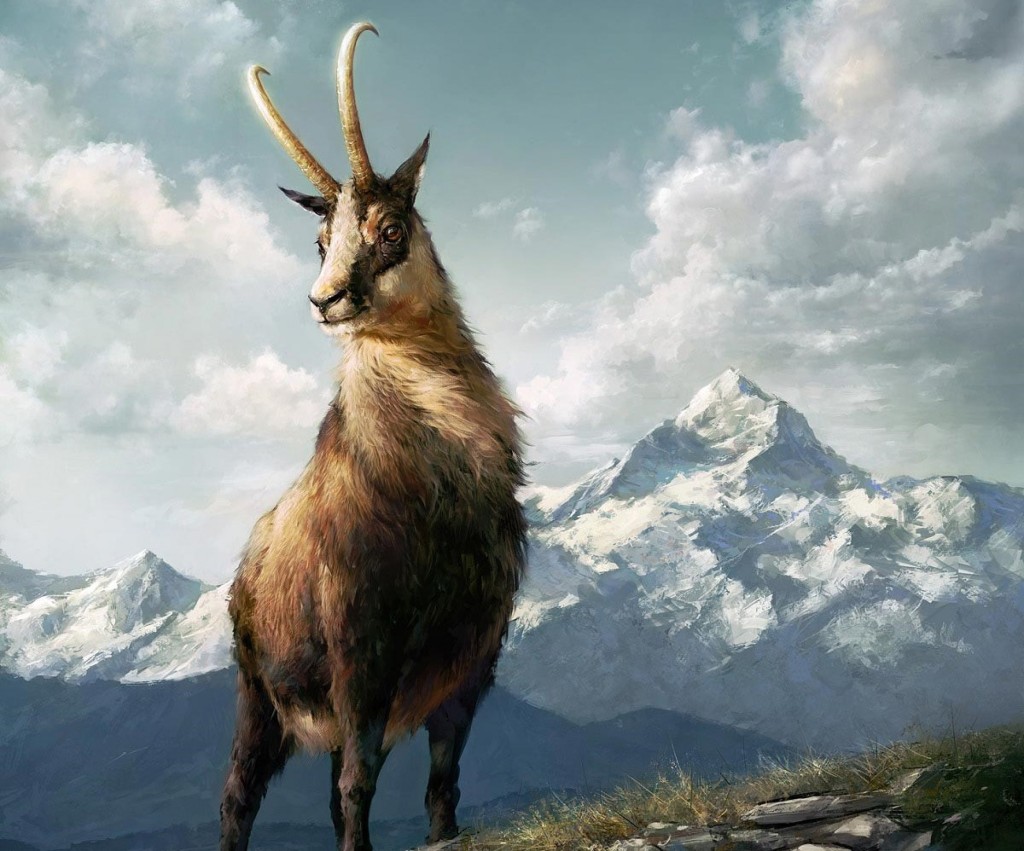
A long, long time ago the glacier glacier valleys, and the rocky mountains used to be home of the White women They were gentle and goodhearted beings. White women helped to the poor, especially women in childbirth. A child who came into the world in their presence was then all his life under their protection. They taught shepherds to recognize medicinal herbs and their power. People to this day still remember them with gratitude. In Soška Valley White women took care of the white goats. These goats wereled by the Goldenhorn, a wonderful big white he-goat with golden horns. White women made the Goldenhorn invulnerable. If a shooter wounded him, from his blood grew a magic herb, called the Triglav flower (Potentilla nitidus). If the Goldenhorn ate only one leaf of this herb, he was immediately better, even if the hunter shot him in his heart. His gold horns were the key to the great treasure in the mountain. The treasure was guarded by the hundred-headed dragon.
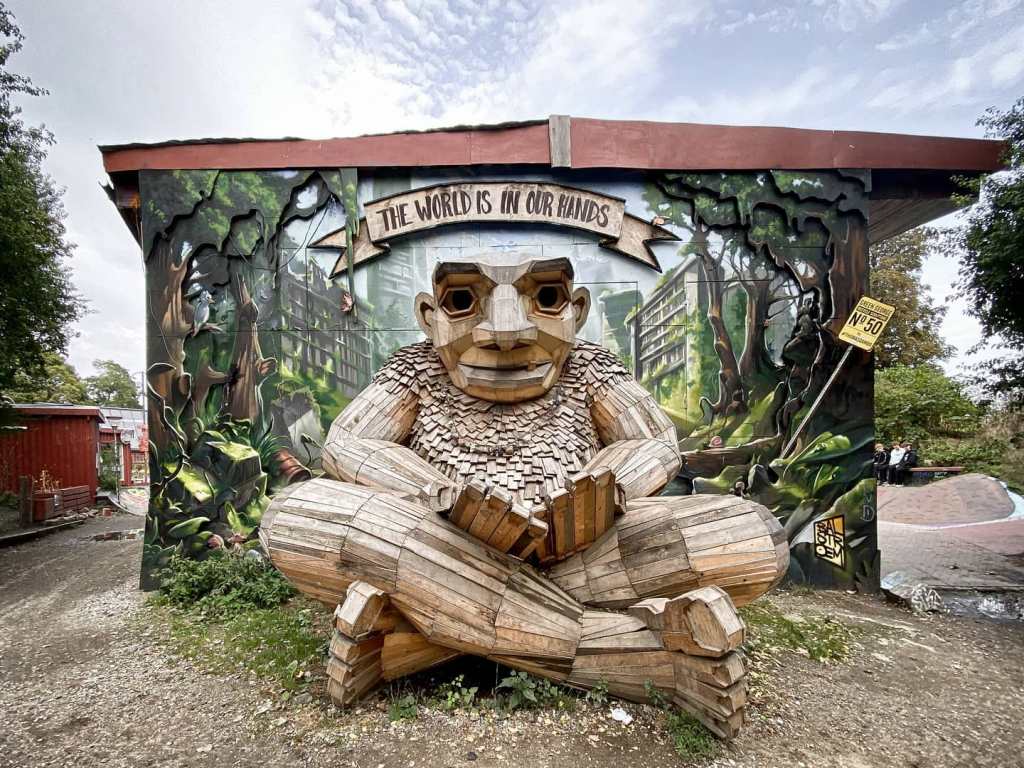
Did dragons once roam the Earth. And did they come in many sizes? Notice that most of the dragons illustrated below are about the same size of St. George or his horse or even a bit smaller. I get that they were violent and aggressive. But was that the entire species or just individual dragons?

